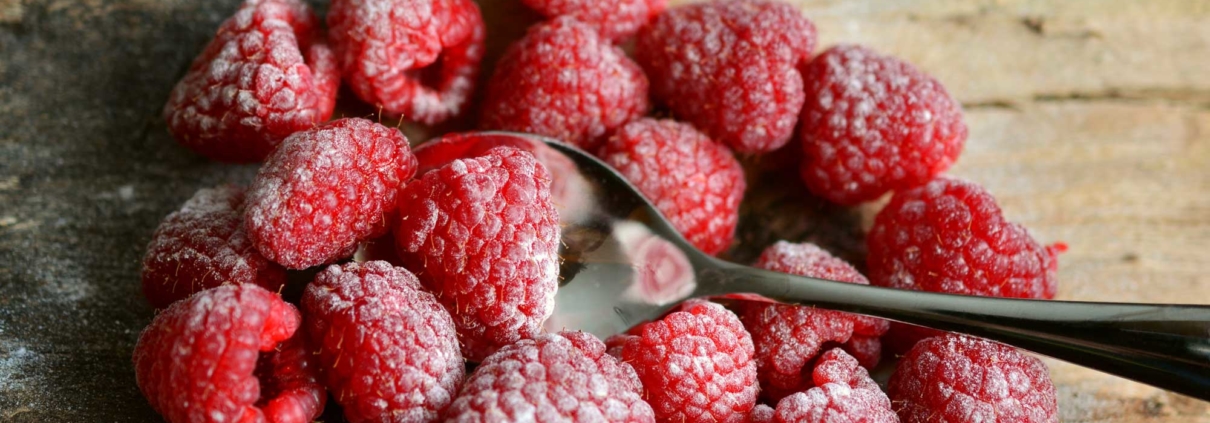Food
How to cut sugar in food without altering the taste?

New food sweeteners allow cutting sugar content while preserving food taste.
Following the recent WHO recommendation, sugar consumption in food has been objected of several attentions. Consumers have been influenced by the general concern about the link between sugar intake and human health. To satisfy the new shopper and consumer behaviours, companies must develop healthier food, without altering the taste. How can they accomplish it?
Before stepping into the topic, we should define what is the definition of food with low sugar or sugar-free. EU Nutrition Claims Regulation (no.1924/2006) has emanated nutritional and health label instructions. Low sugar claim can be used when the product contains no more than 5 g of sugars per 100 g for solids or 2,5 g of sugars per 100 ml for liquids. While a sugar-free food is when the product contains no more than 0,5 g of sugars per 100 g or 100 ml.
Food labels are the means for making consumers’ evaluation of the quality of a product. The compulsory nutritional information is listed below:
- energy value;
- amounts of fats saturate, carbohydrates, sugars, protein and salt.
As evidence from the requirements list, sugar is a piece of mandatory information to indicate in food labels. Sugars include monosaccharides and disaccharides, which are short chains with a degree of polymerization DP1 and DP2. Examples of this sugar are glucose, fructose, maltose, sucrose and lactose.
Sugars considered as a mandatory fulfilment of food label, do not contain complex sugar, like polysaccharides. For this reason, it is possible to reduce sugar preserving the same food taste, substituting monosaccharides and disaccharides with polysaccharides, which are not considered in food label sugar indication.
Possible alternatives can be fibres, polyols – as sorbitol, mannitol, isomalt, maltitol – and syrups with high sweetening power.
Sedamyl has developed new ingredients: Sedavisc 3479 & Sedadry 3440 which are liquid and dried sweeteners. Energy content is 4kcal/g and they have a dextrose level equal to 32.
The main benefits of using these ingredients are 4:
Nutritional label: total energy and carbohydrates are not modified. In fact, the information in carbohydrates indicated the total of complex carbohydrates, while the wording “of sugar” indicates only simply or added sugar. Does not contain complex sugar, like polysaccharides;
Technologic benefit: a higher level of degree of polymerization DP3 and DP4 allows a lower DE degree, reducing indeed sweeteners food degree and its hygroscopic. Millard reaction will be limited, and viscosity will increase considerably, thus optimising texture product;
Cutting costs: allow better product manipulation, thus guaranteed a process cost reduction, generating a good impact on overall production;
Low glycaemic index: grant a constant sugar index in blood and a reduction in diabetes risk. Moreover, fats in blood will be normalised, contributing to defeat from the heart attack and stroke.
Markets applications of Sedavisc 3479 & Sedadry 3440 are multiples. There are a lot of applications in confectionary, like candies and jellies; beverage sector for carbonated drinks fruit-based and sporty. In pastry sector some applications are biscuits or sponge cake; chocolate and spreads; cereal bars and in the ice cream sector there are remarkable applications that help a reduction in sugars.
Do you want to know if Sedavisc 3479 & Sedadry 3440 could be used in your products? Contact us.

